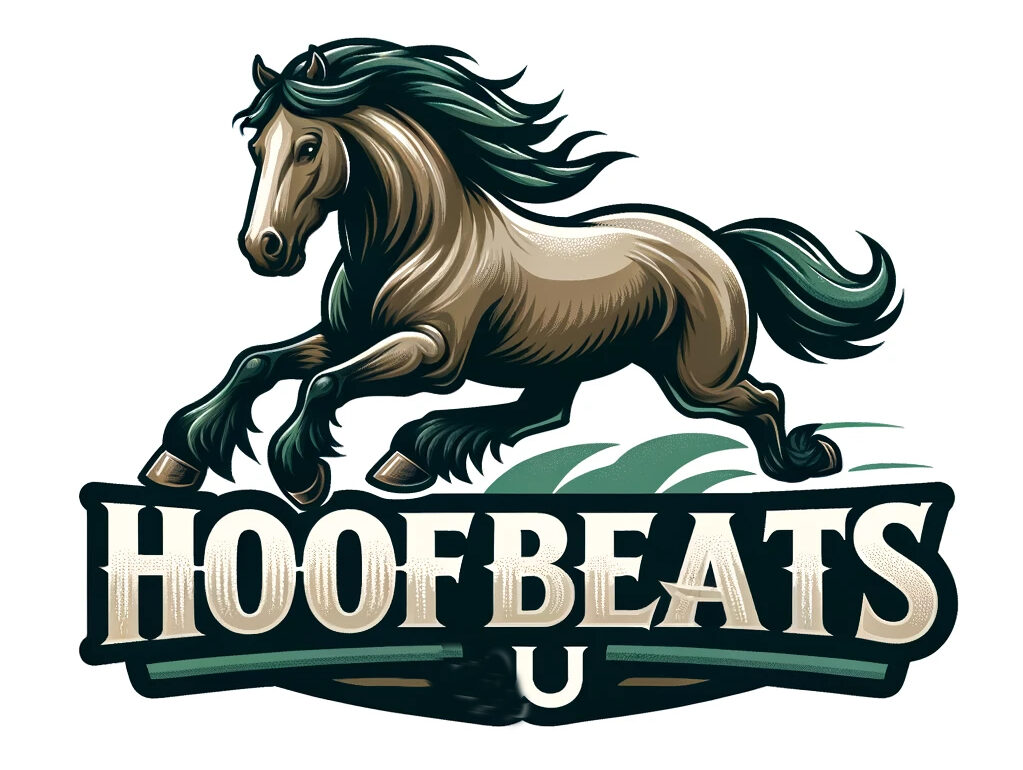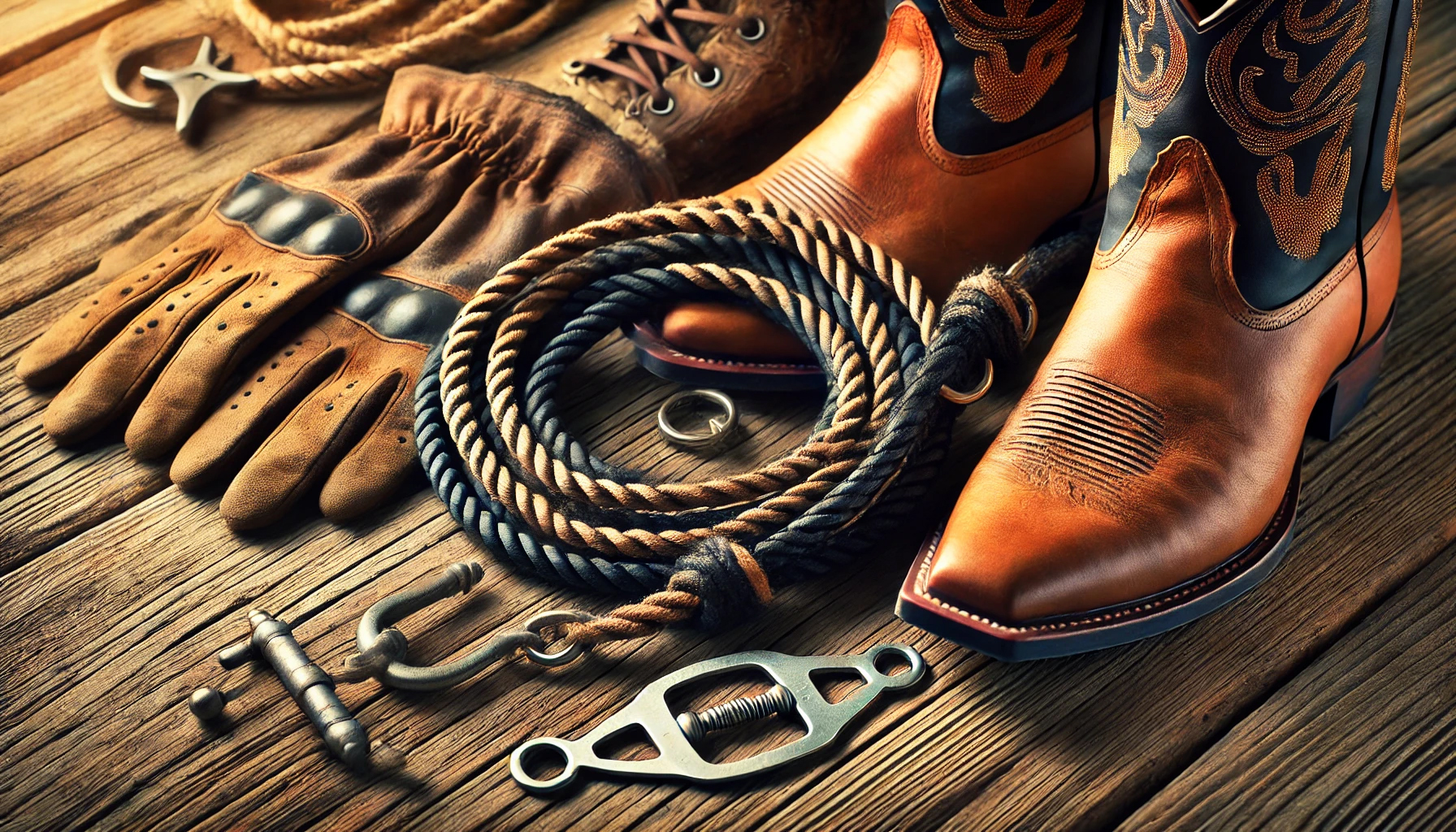
If you’re serious about horse training, you’re going to need the right gear. We’re going to go through the basics of horse training tools, but this isn’t just about listing items; it’s also about understanding their function and significance.
This includes understanding the essential tools needed for safe and effective training. Every item has a specific role in helping you communicate with your horse, leading to better training outcomes and a stronger horse-rider bond.
This article will help you understand why each piece of gear matters. By the time you’re done with this section, you’re going to have a solid grasp of the foundational equipment every horse trainer should have in their toolkit and why they are important.
Without the right tools, training can become a frustrating experience for both you and the horse. So let’s set the stage for some of the most important training aids you’re going to need, which I’ll get into in the next section.
Basic Handling and Safety Equipment

Horse training isn’t just about the techniques you employ, it’s also about the tools you use to communicate with your horse. Critical to this communication are the everyday items that ensure both your safety and your horse’s safety and wellbeing.
First up is the halter and lead rope. Trust me, investing in a durable halter is a must. It’s the basic tool that you will use for leading, tying, and sometimes even training your horse. They come in various materials, and your choice can depend on preference and purpose. The lead rope, your halter’s partner in crime, is crucial for guiding and controlling your horse at a safe distance.
Now, let’s talk safety for you – it’s paramount. A good pair of gloves can protect your hands from rope burns and blisters during handling. Plus, sturdy footwear is non-negotiable. Whether you opt for boots or specialty shoes, ensuring they have a heel is key to prevent your foot from slipping through stirrups.
Bits can be a bit (no pun intended) more complex. They are used for riding and training and come in countless varieties. The bit you choose should suit your horse’s level of training, sensitivity, and the type of work you’re doing. A poorly chosen bit can cause discomfort or miscommunication, so it’s crucial to make an educated decision here.
I want to emphasize that although these tools are basic, they are anything but trivial. They lay the foundation for all the groundwork to come, figuratively and literally. If you get these right, you’re setting yourself up for success with your horse training endeavors.
Here is a bulleted list of the above tools I just mentioned. These items have links to Amazon if you are looking to purchase items.
Halter and Lead Rope
- Halter: Used for leading, tying, and training. Essential for basic handling and control. Available in various materials like nylon, leather, and rope.
- Lead Rope: Attaches to the halter. Used for guiding and controlling the horse from a safe distance.
Gloves
- Purpose: Protects hands from rope burns and blisters during handling. Ensures a better grip and safety.
- Please Note: When I pulled up the Amazon page for horse training gloves, it included a pair of boxing gloves. I DO NOT recommend using them doing horse training for ANY reason!
Footwear
- Purpose: Sturdy boots with heels prevent feet from slipping through stirrups, ensuring safety during riding and training.
Bits
- Purpose: Used for riding and training. Helps in communication between rider and horse. Choosing the right bit depends on the horse’s level of training and sensitivity.
Training Aids for Targeted Exercises

When you’re setting out to refine your horse’s skills, you’re going to need a set of tools tailored for targeted exercises. Each discipline in horse riding comes with its own unique demands, and as such, there’s a variety of training aids designed to match those requirements. These aids can enhance your horse’s strength, flexibility, and responsiveness. Let’s get into some of these critical tools and explain their specific applications.
First up, lunging equipment. This includes lunge lines, lunge whips, and surcingles. When you’re working on control and building stamina in your horse, these tools are indispensable. A lunge line allows you to guide the horse from a safe distance, while a lunge whip can be used to direct and motivate without physical contact. A surcingle, which wraps around the horse’s girth area, can be used in conjunction with various attachments for training different postures and gaits.
Side reins are another tool I want to talk about. They come into play particularly when you’re aiming for the horse to build muscle and maintain a specific head position. They’re attached from the bit to the saddle or surcingle and encourage the horse to keep its head down and drive from behind. The key with side reins is to ensure they are adjusted to allow for some flexibility while still maintaining gentle guidance.
Lastly, saddle pads might seem like a simple accessory, but they serve a critical role in any training regimen. Their primary function is to provide cushioning between the saddle and the horse’s back, which is essential for preventing sores and discomfort. A good saddle pad can also help to evenly distribute the rider’s weight and minimize pressure points. As you adjust the intensity of your training, keep in mind that the condition and fit of your saddle pad can greatly influence your horse’s comfort and, in turn, its performance.
Here again is that bulleted list for an easier view of the equipment.
Lunging Equipment
- Lunge Line: Allows control from a distance. Used to build stamina and improve control.
- Lunge Whip: Directs and motivates the horse without physical contact.
- Surcingle: Wraps around the horse’s girth. Used with various attachments for training different postures and gaits.
Side Reins
- Purpose: Helps the horse build muscle and maintain a specific head position. Attached from the bit to the saddle or surcingle.
Saddle Pads
- Purpose: Provides cushioning between the saddle and the horse’s back, preventing sores and discomfort. Helps distribute the rider’s weight evenly.
Selecting the Right Horse Training Tools for Success

Here is the final step of equipping yourself for successful horse training. It will include selecting tools that resonate with your training philosophy and the specific needs of your horse.
Remember, your horse’s response to training aids can vary significantly. Choose something that ensures comfort and encourages progress without causing stress or fear.
Don’t worry too much about having every tool available. Start with the essentials and you can always adjust your approach down the road as you get to know your horse better and understand its specific needs.
In my opinion, the right tool is one that helps you communicate effectively with your horse. It should enhance the training experience for both of you, not complicate it.
I really hope that you find this guide helpful as you select your horse training tools. Your first attempt doesn’t need to be your last – remember, it’s a learning process for both you and your horse.
Thanks for reading, and I’d love to hear your feedback, leave your comments below. After all, sharing knowledge and experiences is what helps us all grow in our horse training journeys.
Comfort and Progress
- Importance: Ensure tools enhance training without causing stress. Select items that fit well and are comfortable for the horse.
Essential Tools
- Approach: Start with basic, essential tools and adjust as needed. Understand your horse’s specific needs through experience.
Selecting the right horse training tools is crucial for effective communication and progress. Starting with the basics and gradually incorporating specialized aids can lead to successful training outcomes and a stronger bond between you and your horse. Feedback and shared experiences are invaluable in this journey, so feel free to share your thoughts and comments below.

